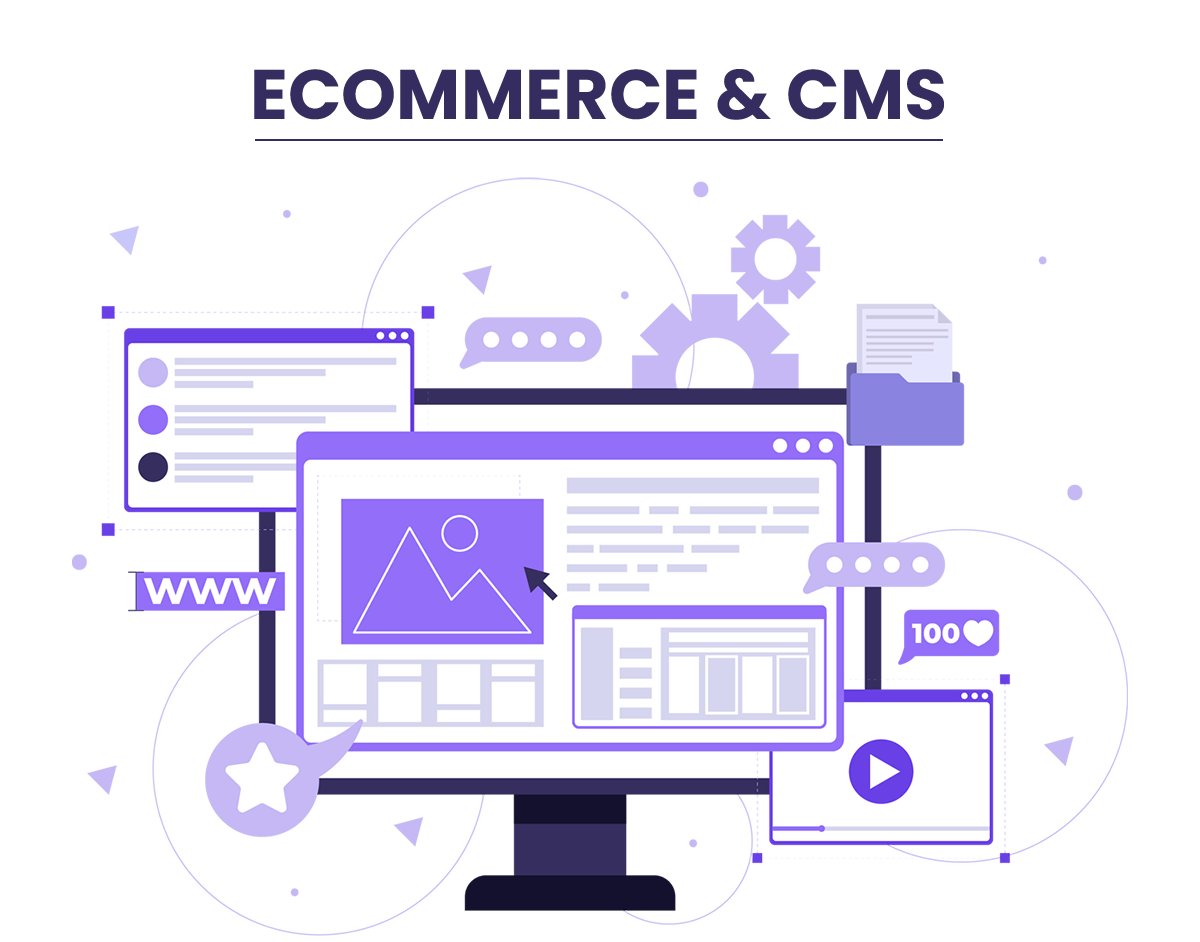Developing an e-commerce website
Developing an e-commerce website
It sounds like you’re interested in developing an e-commerce website and are looking for a service to help you with that. Developing an e-commerce website involves various steps, including design, development, payment integration, security, and more. Here’s a general outline of what the process might entail:
- Planning and Strategy:
- Define your business goals and target audience.
- Decide on the products you’ll be selling and categorize them.
- Determine your pricing and shipping strategies.
- Choose a suitable e-commerce platform (such as Shopify, WooCommerce, Magento, etc.) based on your requirements.
- Design and User Experience:
- Create a visually appealing and user-friendly website design.
- Ensure a responsive design that works well on various devices (desktop, mobile, tablet).
- Focus on intuitive navigation and a clear layout for product pages.
- Development:
- Set up the e-commerce platform and install necessary plugins/extensions.
- Customize the website’s appearance, layout, and functionality.
- Implement product catalog, shopping cart, and checkout system.
- Integrate payment gateways to process transactions securely.
- Implement user accounts and order management systems.
- Content Creation:
- Write compelling product descriptions and create high-quality images.
- Develop a blog or content section to engage users and improve SEO.
- Security:
- Implement SSL certificates to ensure secure data transmission.
- Set up robust authentication and authorization systems.
- Regularly update and patch the website to protect against vulnerabilities.
- Testing:
- Thoroughly test the website’s functionality, including product search, cart management, and checkout process.
- Test the website on different browsers and devices to ensure consistent performance.
- Launch:
- Deploy the website on a web hosting server.
- Configure domain settings and make the website live.
- Marketing and SEO:
- Optimize the website for search engines (SEO) to improve visibility.
- Set up social media profiles and integrate them into the website.
- Plan digital marketing strategies to attract traffic and potential customers.
- Maintenance and Support:
- Regularly update and maintain the website to ensure security and performance.
- Provide customer support for any issues or inquiries.
When looking for an e-commerce website development service, consider the following factors:
- Experience and Expertise: Look for a service with a proven track record in developing e-commerce websites.
- Portfolio: Review their previous work to gauge their design and development capabilities.
- Customization: Ensure they can tailor the website to your specific business needs.
- Support: Check the level of post-launch support they provide.
- Cost: Get a clear understanding of the pricing structure and any ongoing fees.
- Communication: A service that maintains good communication throughout the development process is crucial.
Remember that the e-commerce landscape is continuously evolving, so your website should be adaptable and scalable to accommodate future growth and changes in technology.

